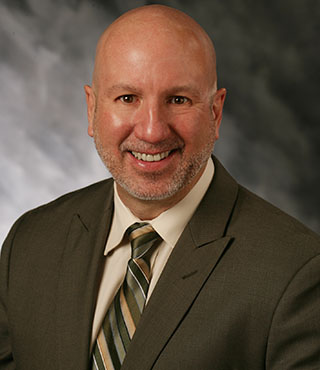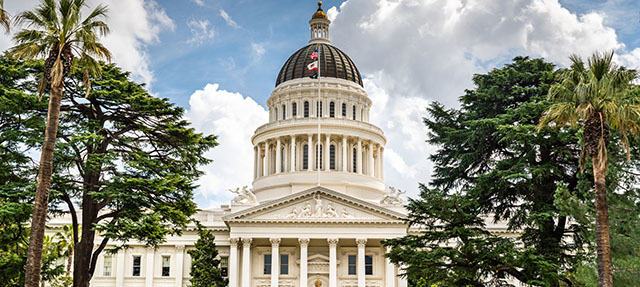In the midst of the pandemic and recession, the cost of delivering safe drinking water continues to rise across California, creating a crisis of affordability for water users and a revenue problem for water suppliers. We talked to Robert Shaver—board chair for the California Urban Water Agencies (CUWA) and general manager of the Alameda County Water District—about how the state’s largest public water agencies are thinking about this issue.

PPIC: How big of an issue is water affordability for customers of CUWA agencies?
ROBERT SHAVER: Our 11 member agencies serve 26 million people and our research shows that about a third of our customer base falls into the state’s definition of low income (at or below 200% of the federal poverty level). These folks have a tough time making ends meet generally, and water is an added concern. They can minimize their bill by reducing water use, but that only goes so far. Water rates have been trending upward over many years, and given that in California access to safe drinking water is a human right, affordability is a big deal for our member agencies.
PPIC: Why are rates rising? How can large agencies mitigate costs?
RS: Water rates have been going up faster than the consumer price index for several decades. The reasons are many. There is a big need to update aging infrastructure—a lot of our systems were built in the 1950s and ‘60s and are reaching the end of their useful life. Agencies are also making investments to reduce the impacts of future shocks to their systems—earthquakes, for example, or power shutoffs, which have become more common as wildfire risk has grown. We’re also making investments to deal with new contaminants such as PFAS (also known as “forever chemicals”). And we have to ensure the reliability of existing water supplies, which are increasingly threatened by climate change and sea level rise. All of these things put pressure on water rates.
Our agencies have tried various things to mitigate costs, and we always look for ways to be more efficient before raising rates. Many agencies have turned to renewable energy to reduce electricity costs, and we use new technologies to help us operate more efficiently. Our agencies have comprehensive conservation programs to reduce customers’ water use, which not only lowers their bills but also helps us put off the need to develop new supplies, and reduces the use of electricity and treatment chemicals.
But one challenge is that about 80–90% of our agencies’ operating costs are fixed—meaning that they don’t go down when water use declines. We have to collect enough revenue to operate our systems sustainably over the long term so we can pay for the infrastructure that brings water to the taps.
PPIC: Are there ways to change the structure of water rates to provide relief to low-income customers, while not undermining suppliers’ financial health?
RS: There are several ways to structure water rates—for example, fixed vs. volumetric charges, tiered vs. uniform rates, water budgets, etc. A few other models are being discussed, such as a “zero” rate tier that gives a minimum allotment of water for free or very cheap to low-income households. But ultimately, our rates must be tied to the cost of service, and no rate structure perfectly fits the issue of supplying water to the high number of low-income residents in our service areas. There are pros and cons to every rate structure, and no silver bullet solutions.
Our agencies are exploring other creative approaches, such as putting some of the fixed costs onto property taxes instead of water bills, which could assist some low-income renters.
This pandemic has created an extraordinary situation for our agencies. We’re waiving late fees, expanding customer assistance programs, and allowing customers to self-certify eligibility for assistance. But these temporary changes may not be financially viable over the long term. In normal times, we work with non-paying customers to develop payment plans. CUWA agencies also have discount programs for low-income customers, but Proposition 218 restricts us on expanding these programs, so there’s only so much we can legally do.
PPIC: How can the state or federal governments help in efforts to address affordability?
RS: Water sales make up the vast majority of our revenue—more than 80% for most, and up to 97% for some of our agencies. So ensuring payment will always be important. What complicates the issue is that we can’t easily determine if nonpayment is a choice or a necessity—we need better data on this distinction. We could partner with the state and federal governments to get needed data, and maybe work with the state to determine who should be eligible for low-income assistance. Given Prop. 218 restrictions on local rate structures, it could be helpful to have another source of funding to fill the affordability gap.
I’m hopeful that this crisis will prompt imaginative ways to deal with this issue. California has a history of being able to solve many big problems. So even though the affordability challenge continues to grow, I’m choosing to remain optimistic.





